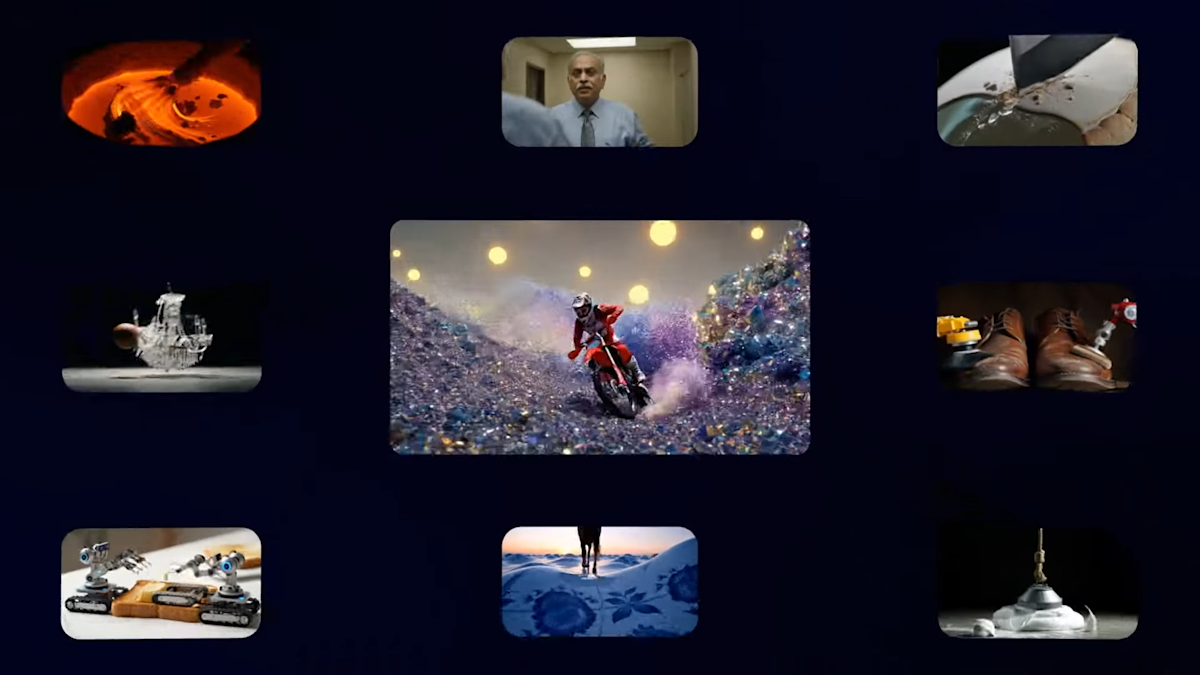Google Unveils Veo 3.1 AI Model Enhancing Image-to-Video Generation

Key Points
- Google releases Veo 3.1, an AI model that improves prompt adherence.
- Veo 3.1 can convert images to video while generating audio simultaneously.
- The model is accessible via the Gemini API and powers the Flow video editor.
- Flow introduces "Frame to Video," letting users upload start and end frames to generate in‑between motion.
- New features enable clip extension and object insertion with real‑time audio.
- Output quality remains variable, with an "uncanny" feel in some samples.
- Google aims the tool at professional video creators rather than casual social‑media use.
Google has rolled out Veo 3.1, an upgrade to its AI video‑generation model that improves prompt adherence and adds the ability to convert images into video while simultaneously generating audio. The new model is accessible via the Gemini API and powers the Flow video editor, where it introduces features like Frame to Video, letting users upload start and end frames and have the system fill in the motion. While the output still varies in realism, Veo 3.1 marks a shift toward tools useful for professional video creation rather than casual social‑media content.
Introducing Veo 3.1
Google announced a new version of its Veo AI video‑generation model, dubbed Veo 3.1. The update focuses on better "prompt adherence," meaning the model follows textual instructions more closely than previous iterations. In addition, Veo 3.1 can now transform static images into moving video sequences while generating accompanying audio, a capability that was not available in Veo 3.
Availability and Integration
The upgraded model is available today through Google’s Gemini API. It also powers the company’s Flow video editor, where it brings new creative controls to users. One highlighted feature, called "Frame to Video," allows users to upload a first and last frame, and the model fills in the intervening motion, producing a seamless clip. This feature mirrors a similar offering from Adobe Firefly, but Flow’s implementation also includes simultaneous audio generation.
Enhanced Creative Workflows
With Veo 3.1, Flow can not only generate new video content but also extend existing clips and insert objects into footage, all while handling audio in real time. Google positions these capabilities as tools aimed at professionals who work with video, rather than as a means for generating viral social‑media snippets.
Performance and Visual Quality
Sample videos shared by Google demonstrate that Veo 3.1 still produces an "uncanny" visual quality that varies depending on the prompt and subject matter. While the realism does not yet match that of OpenAI’s Sora 2, the improvements in prompt fidelity and the addition of image‑to‑video conversion represent a notable step forward for the platform.
Strategic Direction
By enhancing the practicality of its AI video tools, Google appears to be targeting creators and enterprises that need reliable, controllable video generation. The integration with Gemini API and Flow suggests a broader ecosystem strategy, allowing developers and editors to embed Veo 3.1 capabilities directly into their workflows.